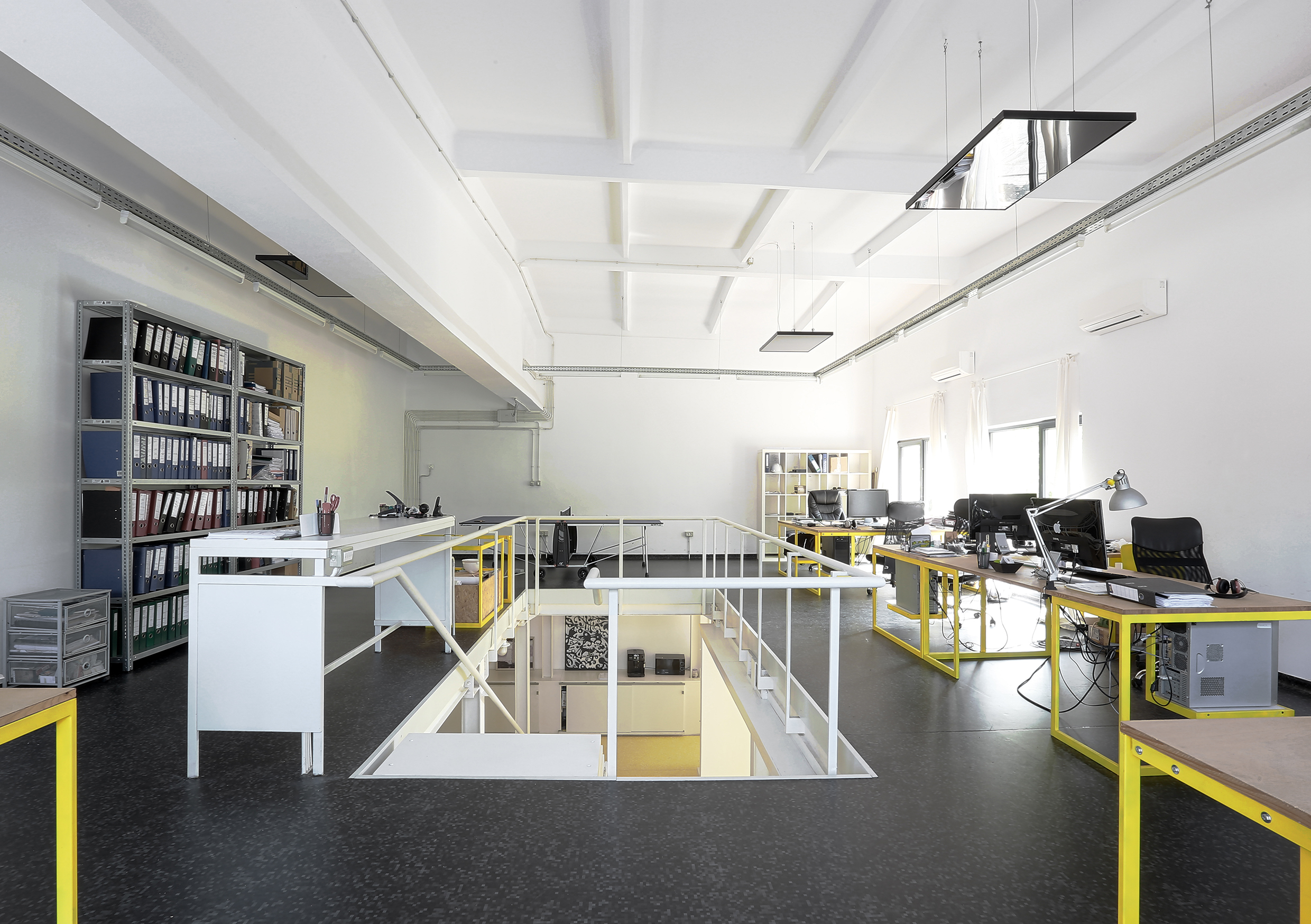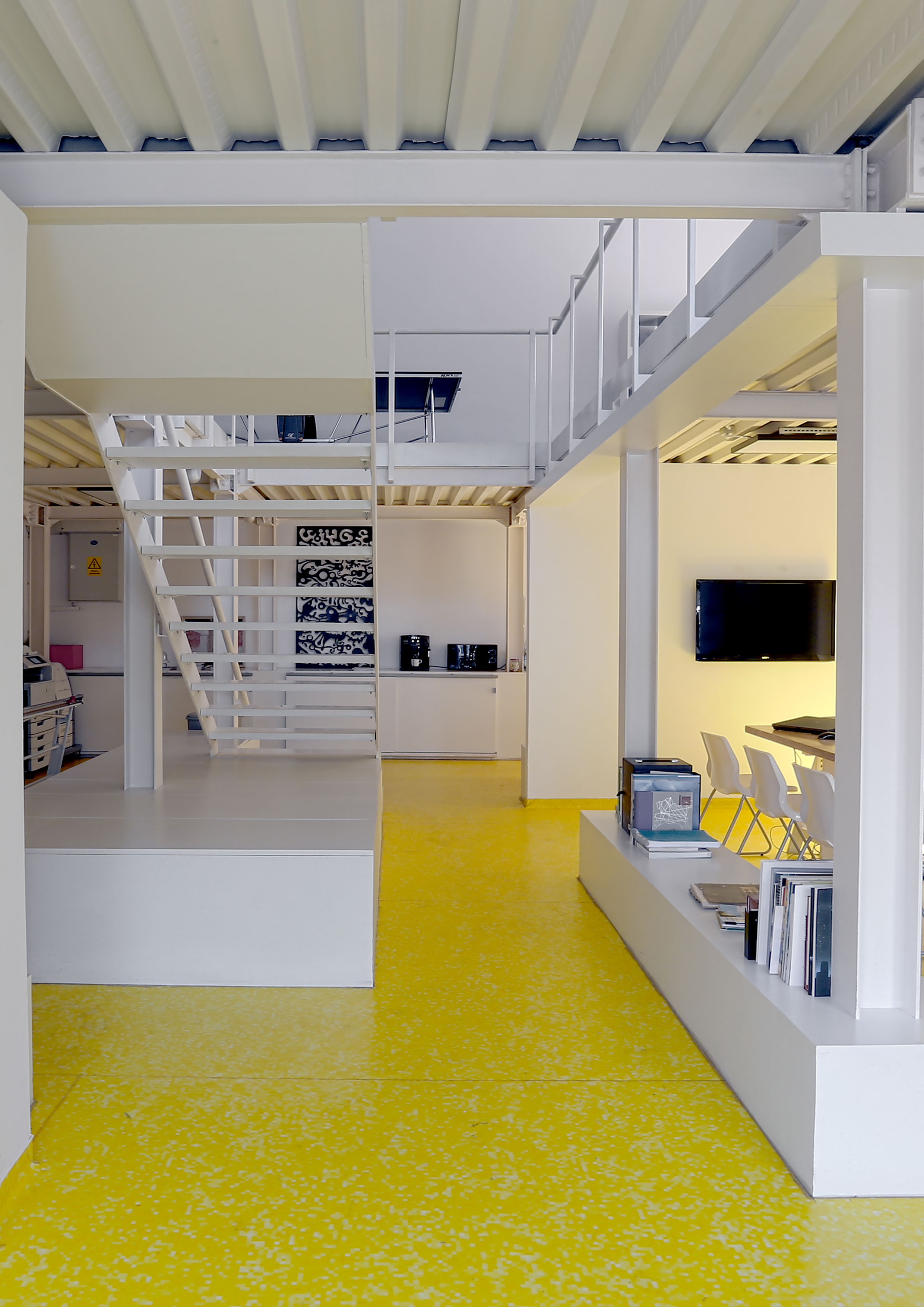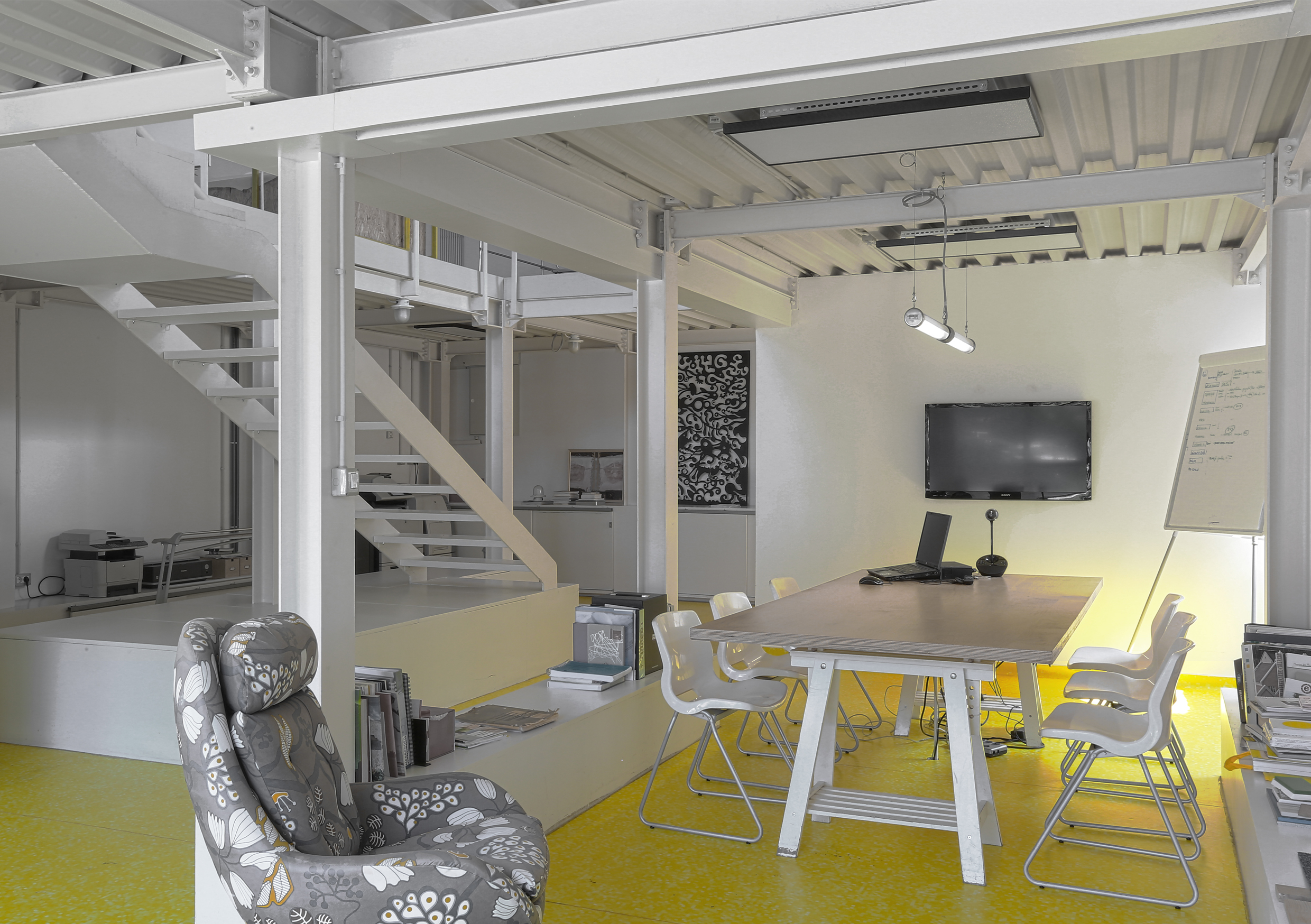Profesija
arhitect
Ko-autori
Paul Buchert, Rudolf Gräf, Lavinia Popa
Arhitektonski biro
Vitamin Architects
Saradnici (članovi tima):
Adelina Cioată, Cristina Rămneanțu, Andreea Pătroi, Raoul Chiricheș, Pataki Farkas
Vanredni saradnici:
ing. Ion Furdui (rezistență), ing. Florin Ghilezan (instalații), ing. Pompiliu Sava (electrice)
Lokacija:
str. Amforei nr. 4, 300660 Timișoara, România
Investitor:
Vitamin A
Budžet:
38000 euro
Opisni tekst o radu:
The design was performed in a central heating system building, which is made of prefabricated elements, very common during the 70's. It's role was to supply heat for one of the biggest collective housing neighborhoods in Timisoara. Together with the technical modernization of the facilities, the volume of the equipment diminished considerably, and the free space that resulted could receive another destination, a more flexible and
versatile one.
A Transformation of this kind comes with many pitfalls for the building in question. Even if the value of the building is not a tremendous asset, it has a formal appearance due to its very striking and somehow imposing prefabricated structure. The project is driven mainly by the intention of keeping the structure and emphasizing the relationship between its elements with the sole purpose of obtaining a coherent appearance of the building without making too much of a fuss about the new purpose.
Among the three symmetrical windows of the main facade, the one in the office area was expanded vertically, so that the relationship between structure and windows changed only through a single operation, and kept the original rhythm of the facade. The big windows took on the role of giving an adequate scale to the new access area.
Due to the space with a significant height it was possible to achieve a mezzanine. The intervention was based on an independent steel structure. The ground floor allows for a functional division in accordance with new structural elements, providing working space or technical and semipublic areas. The mezzanine hosts mostly workstations. The open space fully uses the advantage of the existing structure and the user is closer to the industrially fabricated elements now out of scale.
To preserve the original atmosphere and avoid introducing elements devoid of context, all interventions aimed emphasizing the industrial character of the building while transposing it into a new purpose.

